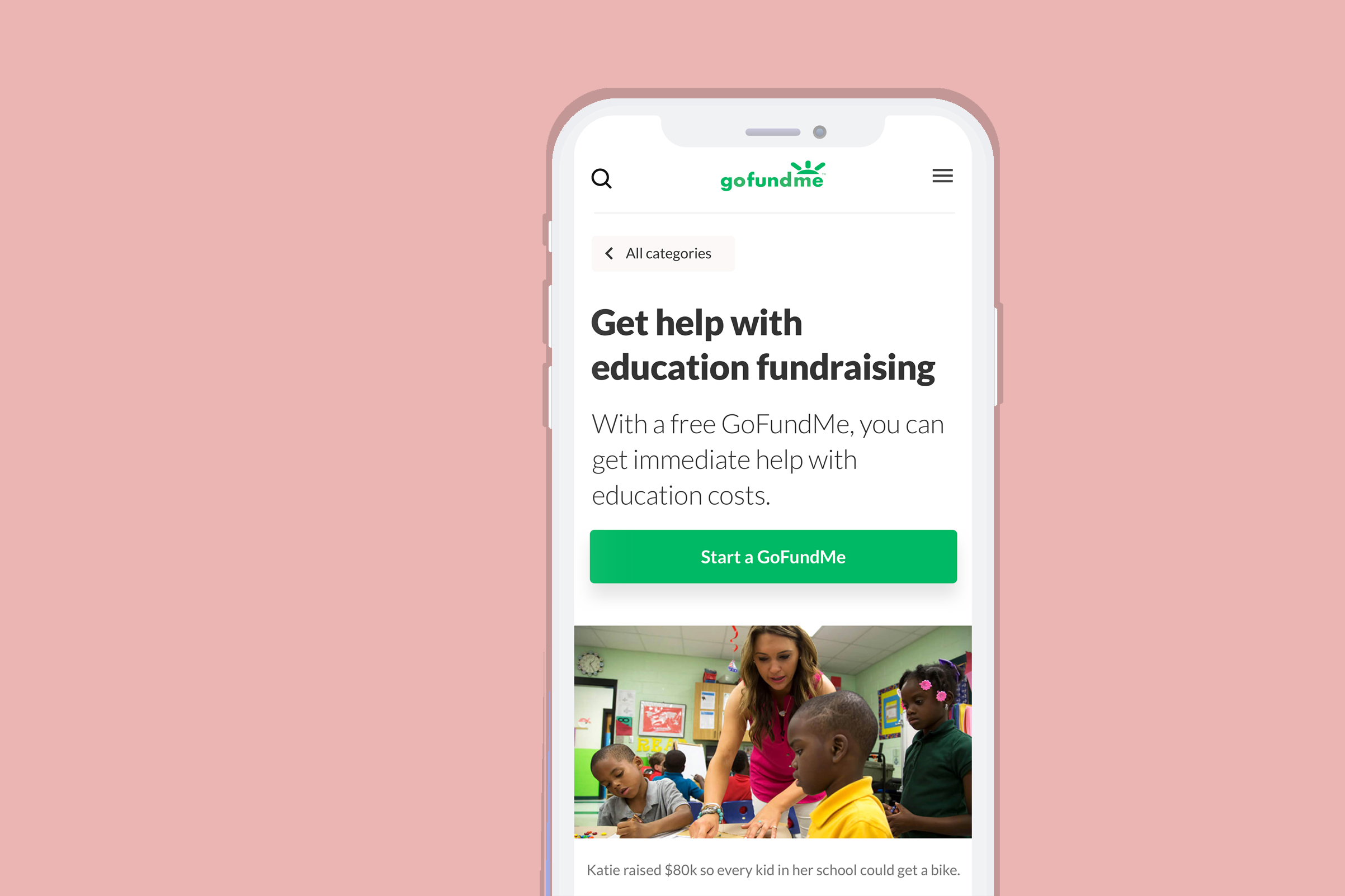

This could put you over the asset threshold unless you can take advantage of a “spend down” and reduce your countable assets. Typically, unused funds carried over from the prior month would be classified as an asset. You may be able to “ spend down” your money so that you can become financially qualified for Medicaid and SSI benefits. However, if you set up a GoFundMe account on your own and your income exceeds state thresholds, don’t start panicking just yet. If you have the good fortune of having someone else create the account, then you may exceed the resource limits.” For Medicaid purposes, this income is not treated as available. “The money is available to help them, but it’s handled by whoever owns the account. “If a friend or loved one sets up the GoFundMe campaign, the money is legally not in the name of the beneficiary,” says Guerrero. He recommends finding someone who is trustworthy (other than your spouse) to set up and manage the GoFundMe account to avoid negative consequences. If you are applying for SSI or Medicaid, you should think about how soon you’ll do it, because GoFundMe proceeds can easily push a person over the $2,000 resource limit, says Michael Guerrero, a certified Medicaid planner in Truckee, California. SSI benefits are based on countable income and state-specific limits.

Medicaid income limits vary by state, ranging from $475 per month in Kansas to $1,481 per month in California for a single person receiving regular Medicaid. To maintain eligibility for Medicaid and SSI, the recipient’s income must fall below the annual threshold. When it comes to Medicaid and SSI, the funds could be counted in the eligibility calculation. In some cases, the funds may be classified as unearned income. Generally, GoFundMe donations are considered a personal gift. Trying to understand how GoFundMe works for Medicaid and SSI recipients can be daunting - and a bit surprising for those who never thought about reporting the donations they collected.īelow, we break down what you should know before starting a GoFundMe account so that you don’t unintentionally sabotage your benefits. If the proceeds from your crowdfunding campaign cause you to exceed income or asset thresholds, you could be at risk of losing your benefits. There are also state-specific income levels that you should watch out for when raising funds. The funds raised could potentially boost the recipient's means beyond the asset limitation - $2,000 for most applicants. Medicaid or Supplemental Security Income (SSI) recipients have to be careful when launching GoFundMe campaigns.

But these funds can come with unintended negative consequences if you don’t plan ahead. Crowdfunding websites like GoFundMe, Fundly, and FundRazr have become popular fundraising options for people who need to cover medical expenses.


 0 kommentar(er)
0 kommentar(er)
